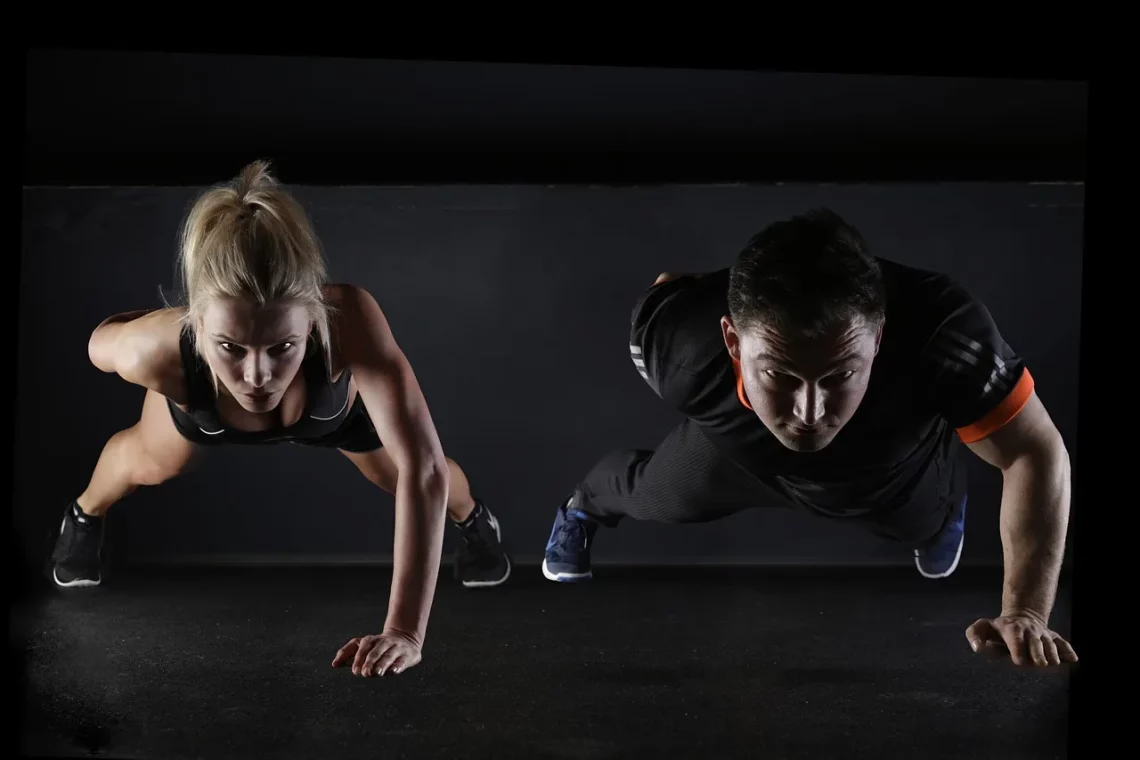
Top Speed Training Equipment to Boost Your Athletic Performance
Athletic performance is a pursuit that transcends mere physicality; it is a blend of strength, speed, agility, and technique that defines the great from the good. In the competitive landscape of sports, every athlete seeks that extra edge to enhance their capabilities. Training is the bedrock of this enhancement, and the right equipment can significantly impact an athlete’s journey toward peak performance. Speed training, in particular, has become a focal point for athletes across disciplines, as it not only improves overall performance but also reduces the risk of injury, enhances agility, and increases endurance.
The evolution of training equipment has paralleled advancements in sports science, leading to the development of tools designed specifically to target speed and agility. This equipment caters to various levels of expertise, from beginners to professional athletes, making it accessible for anyone looking to improve their speed. As athletes strive for excellence, understanding the significance of the right equipment and how it complements their training regimen is crucial. In this article, we will explore various tools and techniques that can help refine speed, emphasizing their importance in an athlete’s training arsenal.
Essential Speed Training Tools
When it comes to speed training, several essential tools can make a considerable difference in an athlete’s performance. Among these, agility ladders, speed parachutes, and resistance bands stand out. Each of these tools serves a specific purpose, assisting athletes in honing their speed and agility while providing a variety of training options.
Agility ladders are an excellent tool for improving foot speed and coordination. They consist of a series of rungs laid out on the ground, and athletes must navigate through them using various footwork patterns. This exercise not only enhances speed but also improves balance and coordination, which are vital for athletes in any sport. Training with an agility ladder can help athletes develop quick feet and sharp reflexes, both of which are essential for peak performance.
Speed parachutes are another innovative piece of equipment designed to build strength and speed. When an athlete sprints while harnessed to a parachute, the resistance forces them to exert more energy, ultimately improving their acceleration and top speed. This method mimics the conditions of sprinting against wind resistance, providing a unique challenge that helps athletes develop explosive power. Using speed parachutes regularly can lead to significant improvements in sprinting capabilities, making them a valuable addition to any training regimen.
Resistance bands also play a crucial role in speed training. They can be used for various exercises that target the muscles involved in sprinting, including the hip flexors, quads, and hamstrings. By incorporating resistance bands into their workouts, athletes can improve their strength and explosive power, which directly translates to faster sprint times. The versatility of resistance bands allows for a wide range of exercises, making them suitable for athletes of all levels.
The Role of Proper Footwear
While training equipment is vital, the importance of proper footwear cannot be overstated. The right shoes can enhance an athlete’s speed and provide crucial support during training sessions. Footwear designed specifically for speed training and sprinting can significantly affect performance by providing the necessary grip, cushioning, and support.
When selecting shoes, athletes should consider factors such as fit, weight, and traction. A snug fit ensures that the foot stays securely in place during quick movements, reducing the risk of injury. Lightweight shoes allow for faster movements, while shoes with superior traction help athletes maintain their speed and stability on various surfaces.
Additionally, shoes with proper cushioning can absorb impact during high-intensity training, which is essential for reducing fatigue and preventing injuries. Athletes should also pay attention to the shoe’s flexibility, as a flexible shoe allows for a more natural foot motion, promoting better speed and agility.
Regularly updating footwear is also important, as worn-out shoes can hinder performance and increase the likelihood of injuries. Athletes should monitor the wear and tear on their shoes and replace them when they no longer provide adequate support or traction.
Ultimately, investing in the right footwear is as crucial as using the correct training equipment. It forms the foundation upon which athletes can build their speed and agility, allowing them to train effectively and safely.
Technology in Speed Training
In recent years, technology has revolutionized the way athletes approach speed training. Wearable devices, such as GPS trackers and heart rate monitors, have become integral tools for optimizing performance. These devices provide real-time data that can help athletes analyze their speed, endurance, and overall fitness levels.
GPS trackers can measure an athlete’s sprinting speed, providing insights into their performance during training sessions. This data enables athletes to identify areas for improvement and adjust their training accordingly. For example, if an athlete consistently falls short of their speed goals, they can modify their training regimen to target specific areas that need enhancement.
Heart rate monitors are equally valuable, as they allow athletes to gauge their exertion levels during training. By monitoring heart rates, athletes can ensure they are training within their optimal zones, which is crucial for maximizing performance. This information can also help athletes avoid overtraining, as they can adjust their workouts based on their heart rate data.
In addition to wearables, apps and online platforms dedicated to speed training have become increasingly popular. These platforms often offer customized training programs, video tutorials, and performance tracking features, allowing athletes to tailor their training to their specific needs. By utilizing technology in their training, athletes can stay motivated, informed, and focused on achieving their speed goals.
Incorporating Speed Training into Your Routine
Integrating speed training into an athlete’s routine requires careful planning and consistency. It is essential to establish a training schedule that incorporates speed drills while allowing for recovery. A well-rounded program should include various exercises that target different aspects of speed, such as sprinting, agility, and strength training.
It’s beneficial to start with a warm-up session that prepares the body for high-intensity workouts. Dynamic stretching and light jogging can help increase blood flow and flexibility, reducing the risk of injury during speed drills. Once warmed up, athletes can engage in specific speed drills, such as short sprints, interval training, or agility ladder exercises.
Incorporating strength training is also vital, as strong muscles contribute to faster sprinting and improved overall performance. Exercises that target the lower body, such as squats and lunges, can help build the strength needed for explosive movements.
Consistency is key when it comes to speed training. Athletes should aim to include speed drills in their routine several times a week, allowing for adequate recovery between sessions. Over time, they will begin to notice improvements in their speed and agility, leading to enhanced athletic performance.
In conclusion, speed training is an essential component of athletic development. By utilizing the right equipment, investing in proper footwear, leveraging technology, and maintaining a consistent training routine, athletes can significantly enhance their speed and overall performance.
**Note:** This article is for informational purposes only and is not a substitute for professional medical advice. Always consult a healthcare provider for any health-related concerns.




